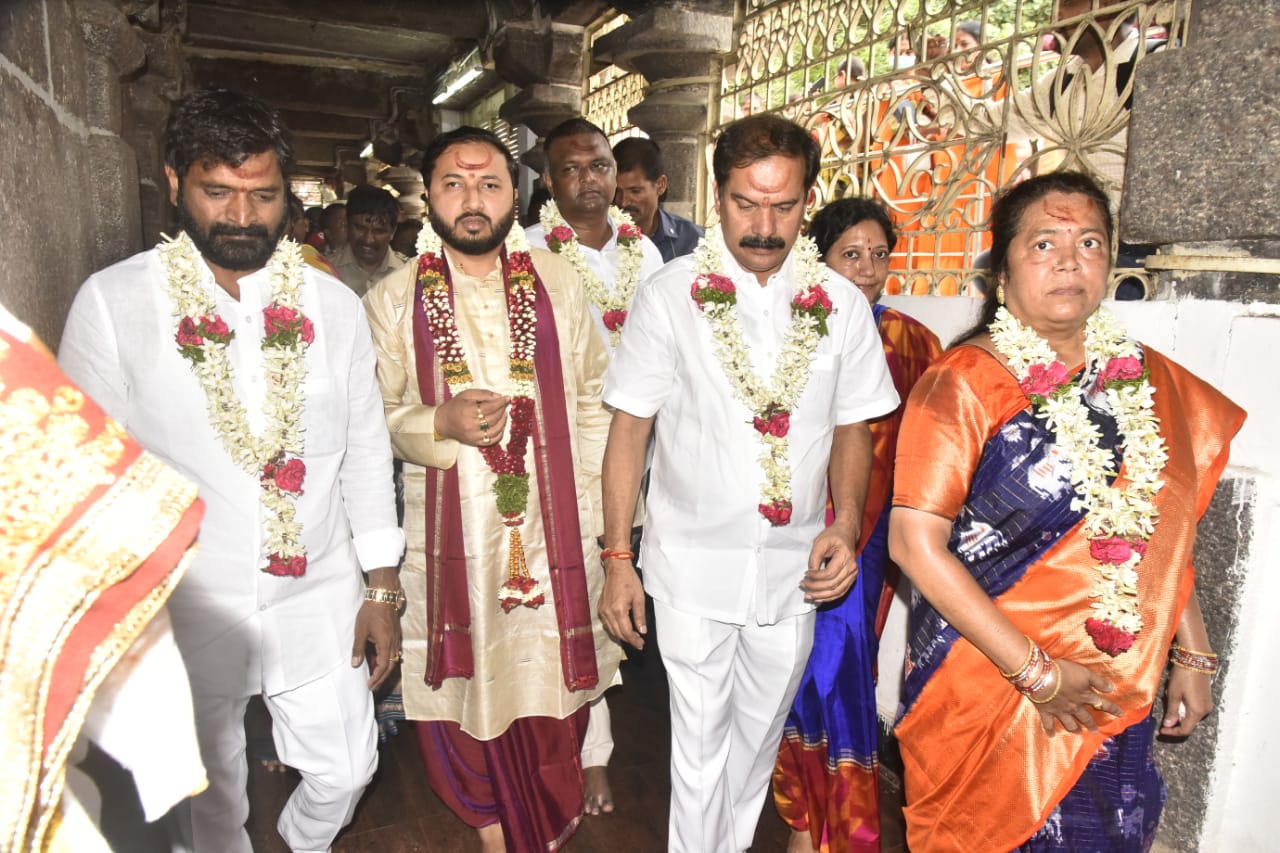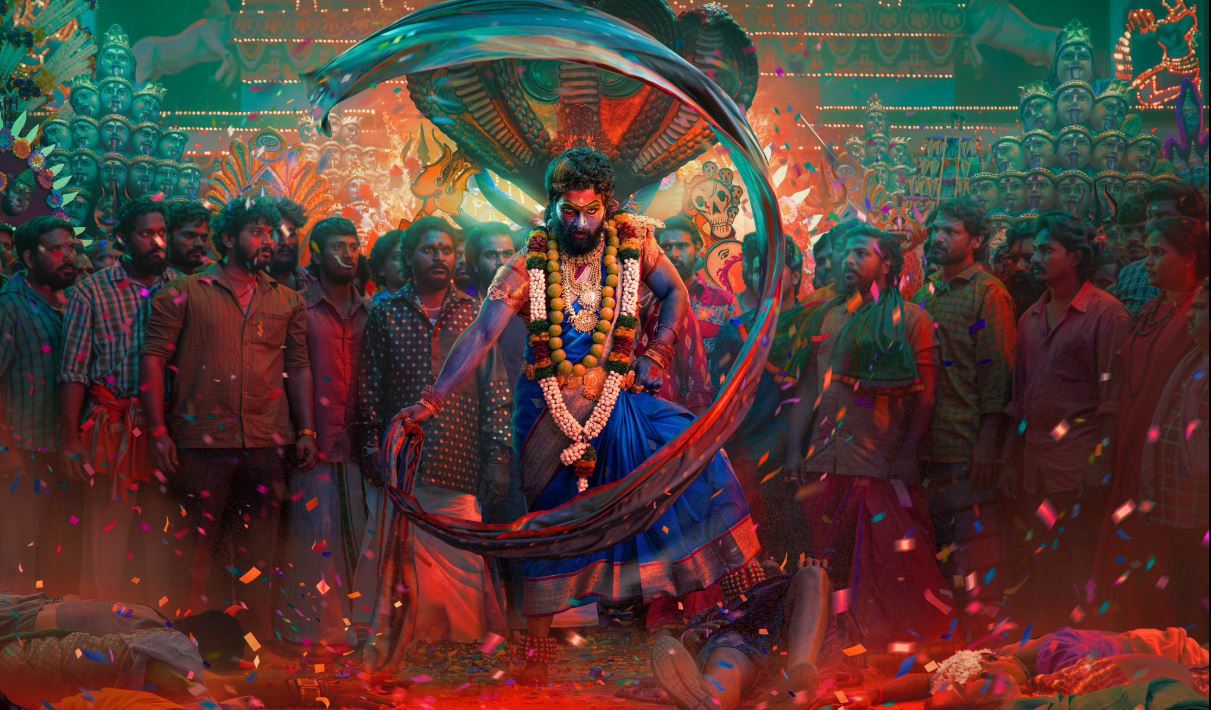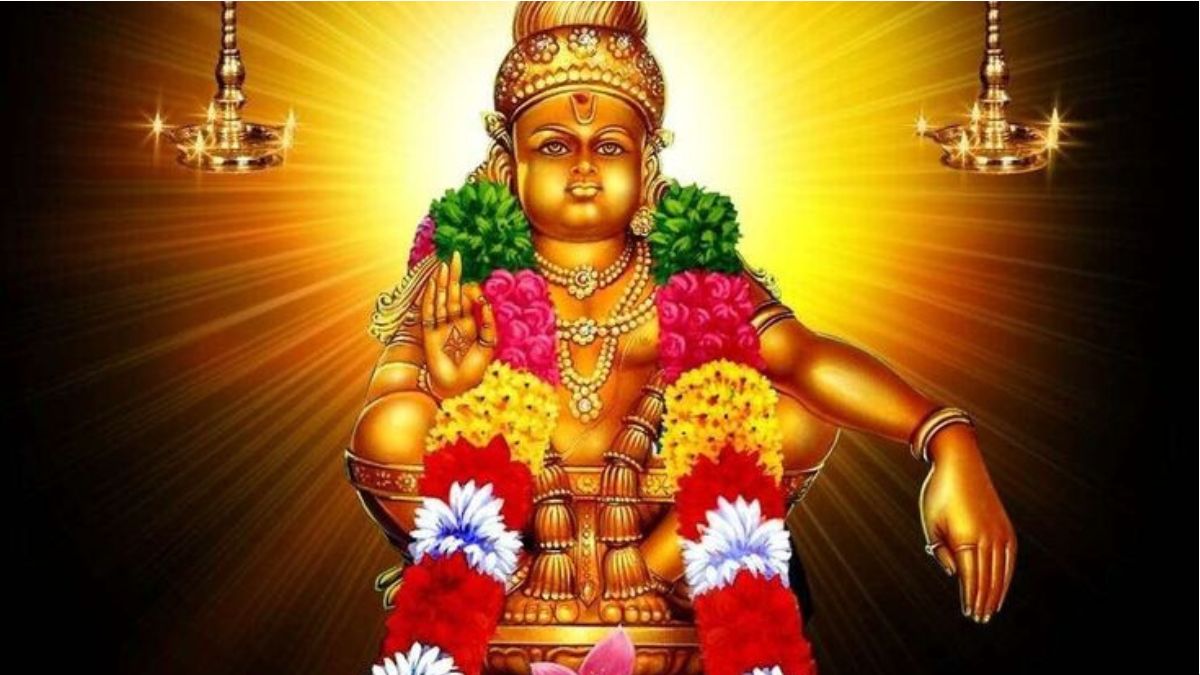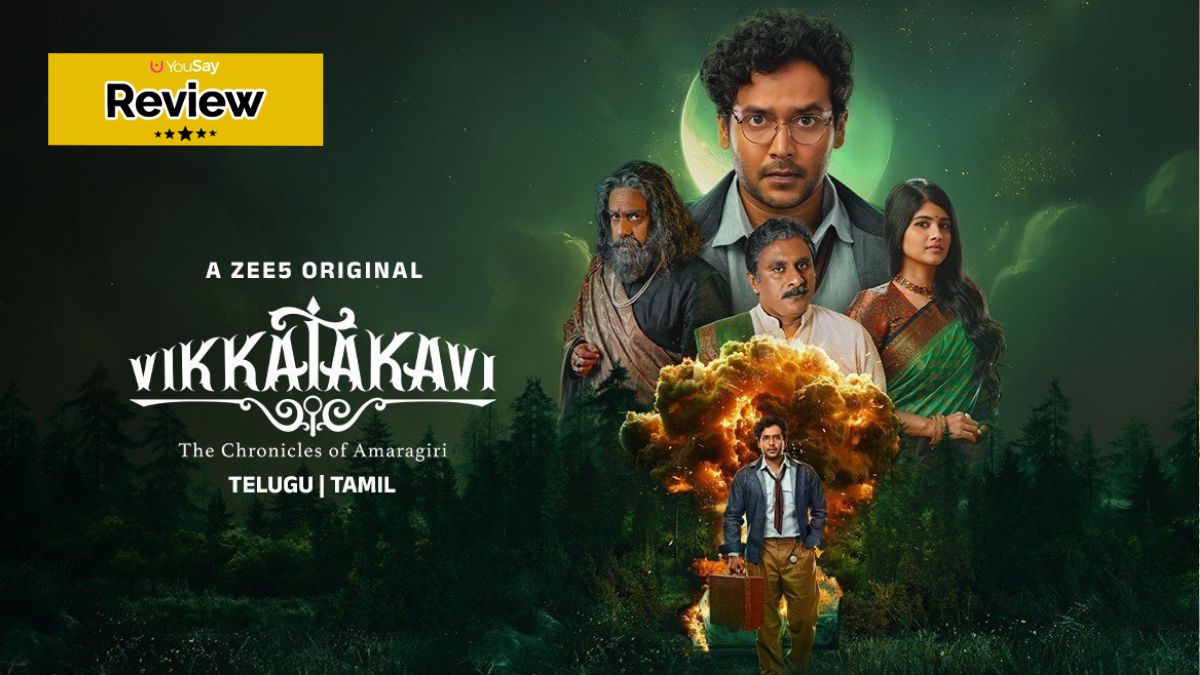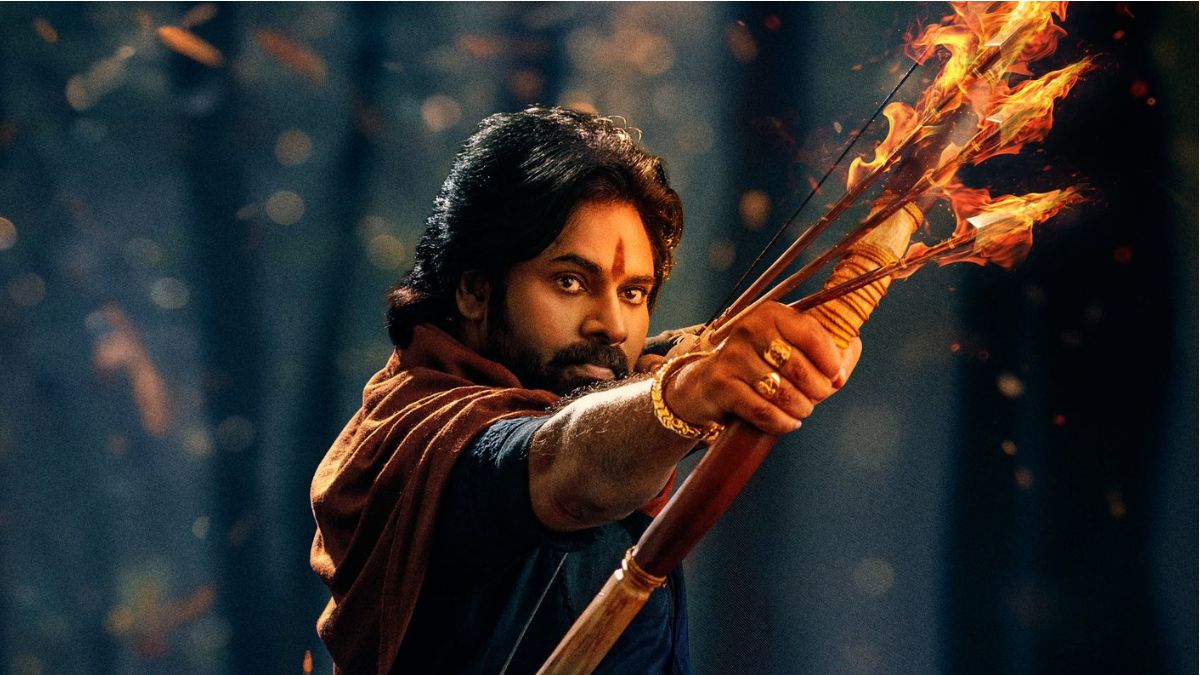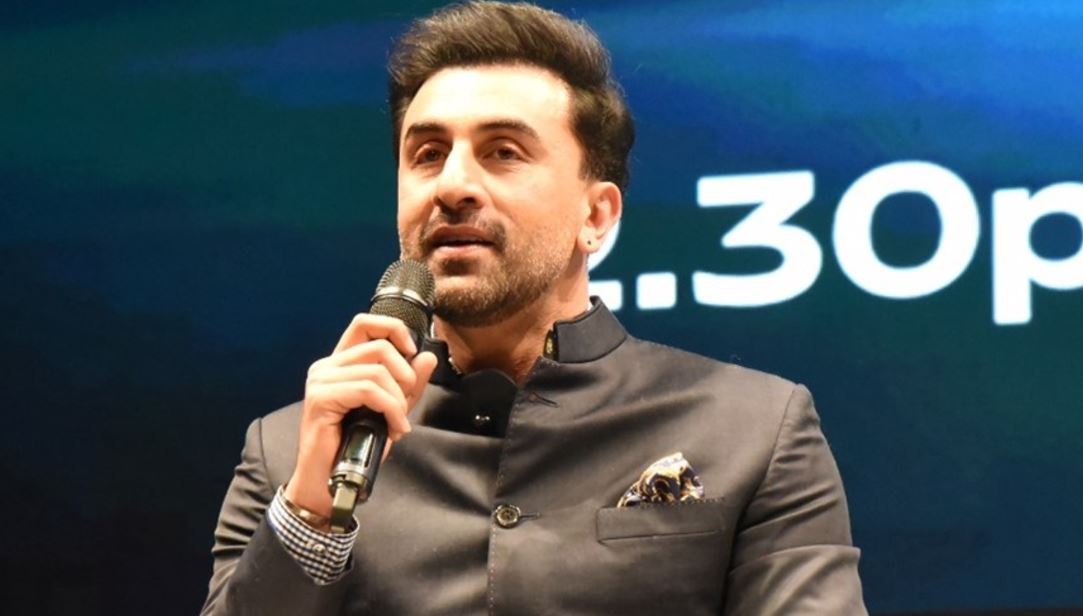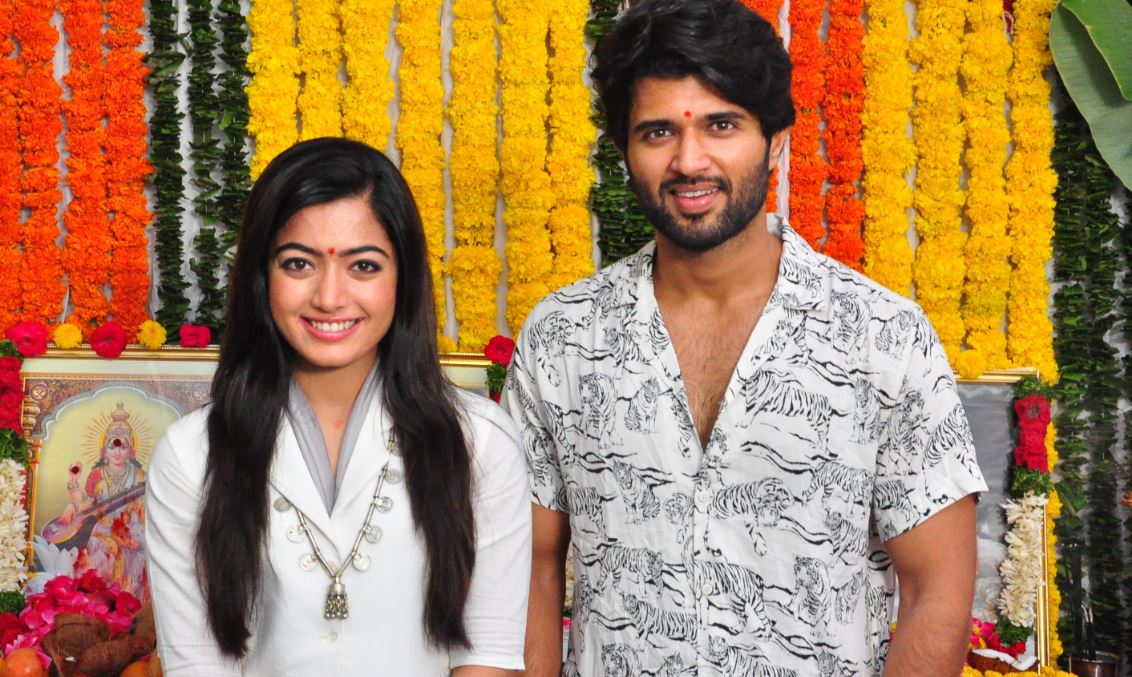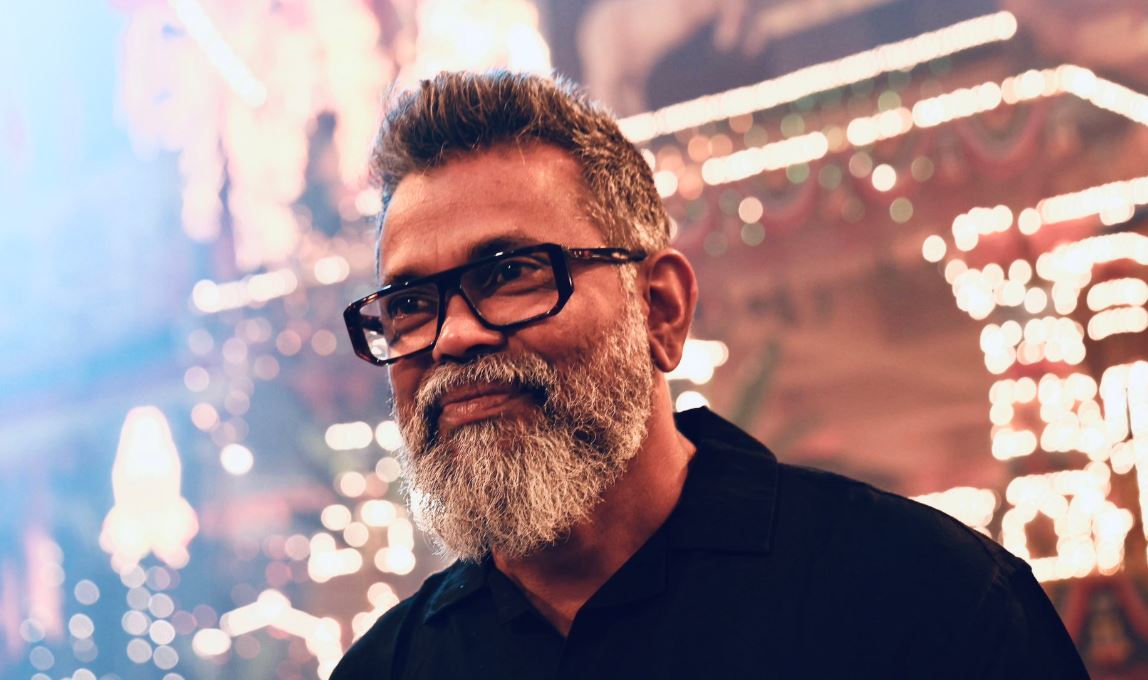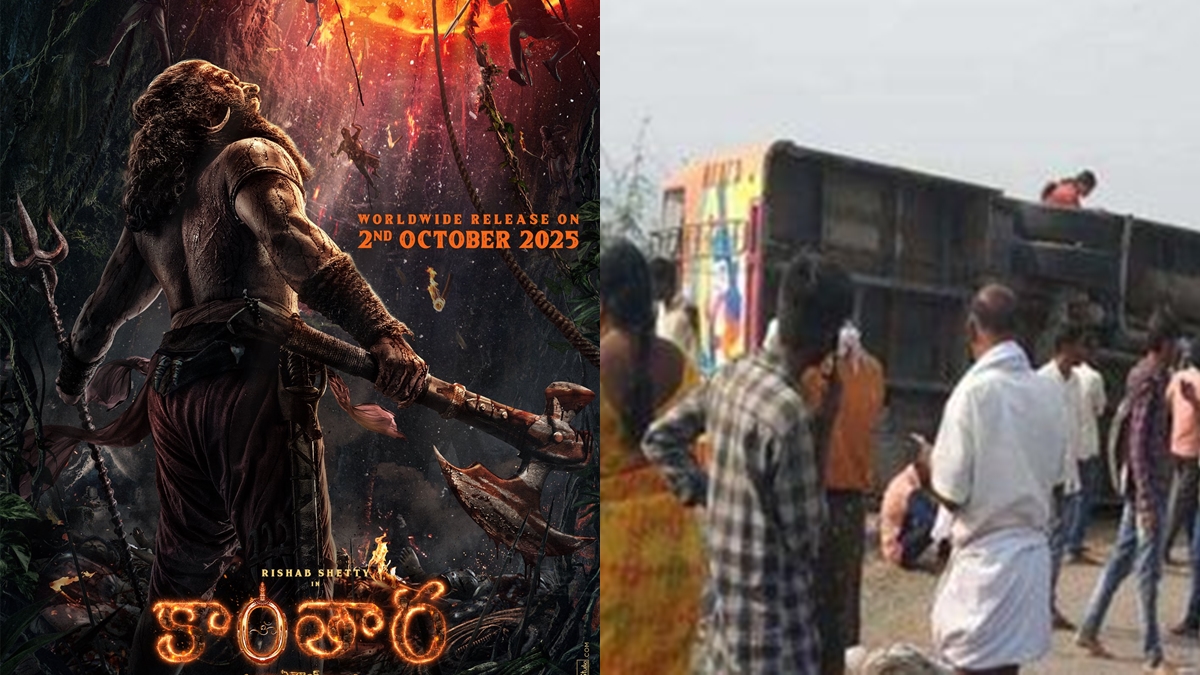The “Kakatiya Vaibhava Sapthaham,” a celebration honouring cultural heritage and the 700-year legacy of the Kakatiya dynasty, began in Warangal. An official week-long cultural extravaganza is being held by the Telangana government to celebrate the Kakatiya dynasty’s legacy. The current Kakatiya dynasty successor, Kamal Chandra Bhanj Deo, who resides in Chhattisgarh’s Bastar, attended this festival honouring cultural legacy. From July 13 to July 19, the “Kakatiya Vaibhava Sapthaham” festival will take place. For this cultural festival, a variety of cultural events were planned to showcase the Kakatiya empire’s glory to the contemporary world. After 700 years the present heir of the Kakatiya kingdom has returned to his motherland, he is Kamalchandra Bhanj Deo, the 22nd descendant of the Kakatiya dynasty.
On this momentous occasion, let’s take a deep dive into the history of the Kakatiyas and their descendants over a period of seven centuries. What transpired following Pratharudra’s defeat to the Tughlags? Is the present claim that Kamal Chandra Bhanj Deo is the Kakatiya dynasty’s successor substantiated by any scientific or archaeological evidence?
Who is Kamal Chandra Bhanj Deo?
The Bastar dynasty’s 22nd descendent is Kamal Chandra Bhanj Deo. He received official recognition from the Telangana government as a Kakatiya bloodline. Kamal Chandra Bhanj Deo holds a master’s degree in international trade. Along with the Queen Mother Krishna Kumari Devi and Maharaja Putrika Gayatri Devi, he dwells in the palace in Jagdalpur.

Where did the Kakatiyas go after Prataparudra’s death?
According to history, the last Kakatiya king, Prataparudra, was defeated by the Tughlaqs in 1323. When Prataparudra was a hostage of the Tughlaqs, he committed suicide. As per history, Prataparudra’s passing marked the end of Kakatiya’s rule. However, other historians assert that Prataparudra was not the end of the Kakatiya kingdom. Prataparudra’s brother Annamadeva and his entourage crossed the Godavari after Tughlaq conquered Orugallu. Later, at Dandakaranyam, he established the Bastar kingdom. The five-district Bastar Division of Chhattisgarh is today’s representation of the Kakatiya empire that grew there. The 22nd generation of Annamadeva is Kamal Chandra Bhanj Deo. He is presently the Maharaja of Bastar. The Jagdalpur palace is currently home to their royal dynasty.
Evidence
The Kakatiya traditions, which date back to the reign of Annamadeva, are still observed by the inhabitants of Bastar. Additionally, there is proof that the Kakatiyas were the rulers of Bastar. The rulers of Bastar were claimed to be Kakatiya dynasty ancestors in the 1940 British Government publication ‘The Indian States.’ According to the explanation, the second Kakatiya Empire covered a territory of around 13,000 km. For 600 years, it is stated that 20 Kakatiya kings ruled over this realm. It is also confirmed that the second Kakatiya dynasty began in Bastar in the book “Kakatiya Nayaks,” published by Acharya NG Ranga. However, according to historians, more information could be discovered if excavations were to take place in the former capitals of Bastar.
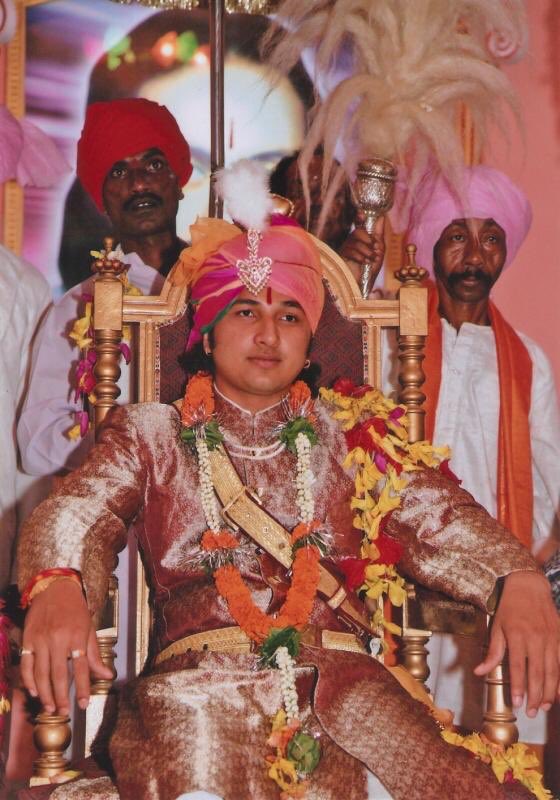
Similarities
Many of the inscriptions in Bastar resemble those of the Kakatiyas. The fact that they are also in Telugu is noteworthy. The main deity of Kakatiya is Kakatiya Matha, Divine Bhadrakali. The Bhanj Dev clans in Bastar worship Goddess Danteshwari as a divinity. Danteshwari Devi and Kakati Matha are very similar. The temples in this area also have Kakatiya sculptures.
How did the Mali Kakatiyas get the name Bhanj Deo?
Between 1891 and 1921, Prataparudra Deo, who ruled Bastar, had no male offspring. With that, he gave his daughter Praful Lakumaridevi the throne. In Odisha, she wed Praful Chandra Bhanj, king of Mayurbhanj. As a result, the word Bhanj from her husband’s name became the Bastar Kakatiya rulers’ last name. The word Chandra was also added to the names of the Mayurbhanjs since they are Chandravamshas.
What did Mali Kakatiyas do in Bastar?
When they established the Bastar Empire, the second Kakatiyas carried on their former customs. Like the Kakatiyas, they constructed substantial ponds and temples. A good government was established. They assisted the native people and established educational institutions all over their realm.

